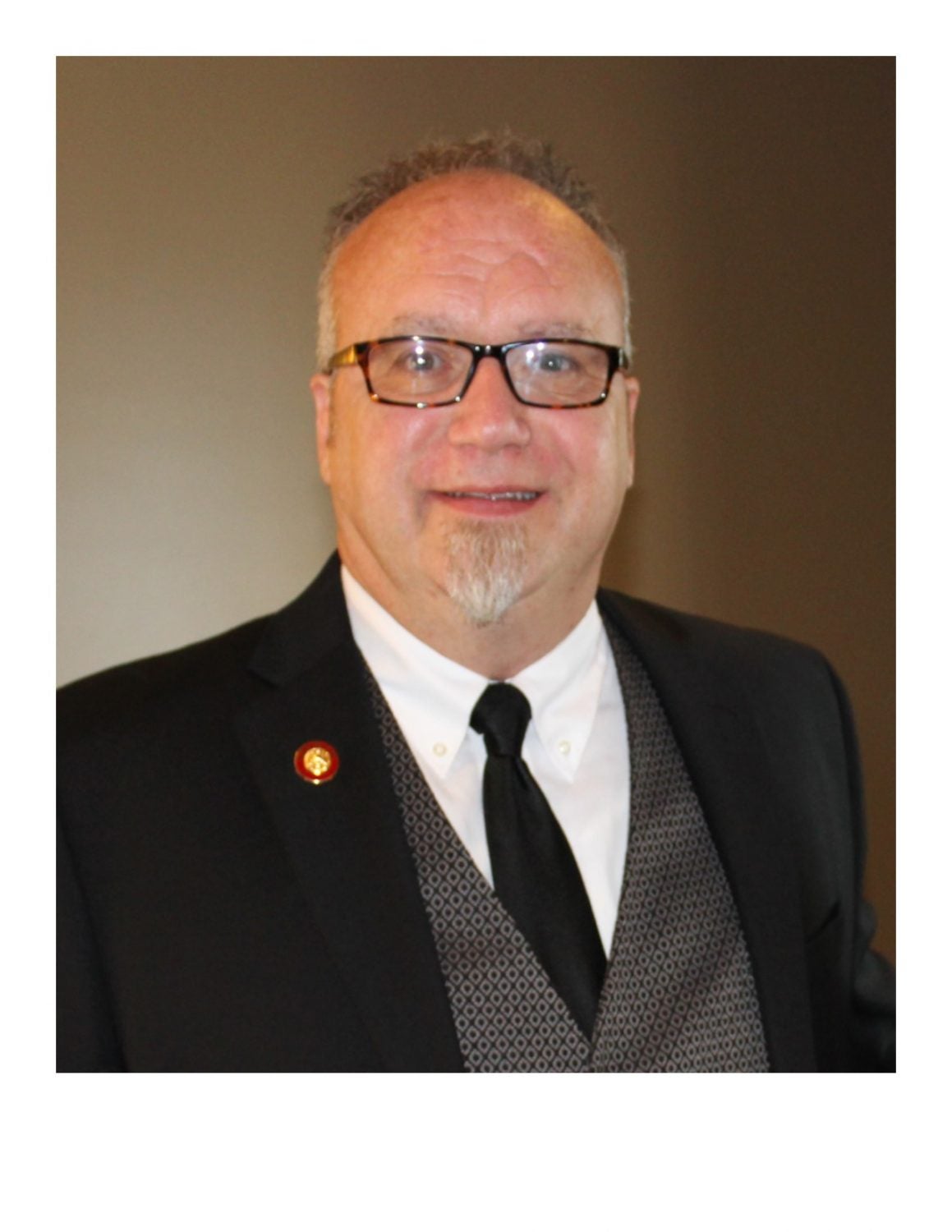A call to action for our neighbors in eastern Kentucky
Published 5:30 pm Tuesday, August 30, 2022

- (Photo by Gillian Stawiszynski)
|
Getting your Trinity Audio player ready...
|
By Gillian Stawiszynski
Contributing Writer
Growing up in Orlando, Florida, my taste in natural disasters was a lucky one. We had multiple weeks’ notice of any severe tropical storm coming towards us, and we were a 35-minute drive to the nearest coast.
The storms I knew didn’t damage us like the floods in eastern Kentucky. Hurricanes can still be dangerous far inland but aren’t the same. My parents prepared for Hurricane Charlie by buying dozens of canned goods, bottled water, sandbags for possible flooding, and charging their generators. Then, when Charlie got bad, we sat together in our windowless hallway. I remember being stressed as a five-year-old in this situation. I was still a child, happy to miss school and be at home with my sisters.
The photos you see on the news and social media may visually represent the devastation in southeastern Kentucky. Still, only an in-person visit can display how truly heart-shattering the damage is.
Recently, I drove down to Hazard with my coworkers at CivicLex, a nonpartisan nonprofit civic education organization in Lexington. Our executive director, Richard, suggested we take a typical workday in the office to go and volunteer.
Our journey through the town was harrowing. When we got to Hazard, the stream met the road and followed us as we drove. It looked meek and incapable of the damage it had done. Water was barely flowing over the creeks’ rocks and, in most spots, moving only slightly quicker than a small animal could walk. The stream’s surrounding trees were riddled with clothes, bags, and other personal belongings.
My coworker, Megan, saw a children’s playhouse stuck in a tree.
Our day was spent working on two houses. Both of these houses were right next to the ruined creeks. Once a source of salvage in the heat and playtime for children in the area.
We wiggled around the basements of once-stable and loved homes, brushing mold spores off the basement’s structure, then treating it with a preventative spray and taping plastic covers over the muddy earth floor.
My four coworkers and I worked with three men: carpenters Dustin and Lonnie and retiree Buddy. They have been doing this work since right after the flood. Each of them was much older than me but crawled around the basements quicker than any of us could.
Dustin told us that after we treated the houses, they would hand them back to the owners. Both of its yards were still covered by a mound of waterlogged personal belongings and one home without floors and most of its walls. At the time we visited, the water content of most houses in the area was still at 50%. The Hazard Housing Development Alliance still has to wait several weeks to install drywall. They’re doing the best they can.
Mindy Miller with the Housing Development Alliance said that this kind of flooding was the worst the region had seen in decades and that this kind of disaster happening again is not a matter of if but when.
Miller also said that where she lived, she was safe from the flooding, but the holler where she grew up had been demolished. The flood didn’t affect her directly, but her family’s home place is now gone, along with her memories.
This flooding isn’t a coincidence. We have the coal industry and a lack of utilizing renewable energy to thank for the climate change disaster.
Earlier this month, Louisville’s Courier-Journal interviewed Duke University Earth Sciences Professor Drew Shindell.
“We’ve had hurricanes come into North Carolina, and those are more powerful because of climate change. The heat waves are stronger and more likely and last longer because of climate change. And the same thing with these kinds of flooding events. This is extremely well-known that the ‘why’ is because we pump more greenhouse gasses into the atmosphere, mostly carbon dioxide and methane, we make the planet warmer, and a warmer planet has more extreme weather. This is the kind of stuff we’ve been forecasting for decades. We’ve been watching it happen now because of our failure to rein in emissions.”
Most folks in central Kentucky want to think they’re safe from this disaster. Frankly, I would too. But as time passes, tornado alley will move west, and the weather will become more powerful, disastrous, and deadly.
For a week after Hurricane Charlie, my neighborhood came together to clean up the wrecked cul-de-sac. Trees blocked the roadways and crushed houses and cars. Everyone shared tools to cut up the trees around the neighborhood and take care of the debris.
Money is a good donation if that’s all someone can give. According to Team Kentucky, 300 people are now homeless, but this number only includes those staying in state parks.
But more than anything, eastern Kentucky needs manpower. The Hazard Housing Development Alliance needs help with cleaning and restoring homes. According to Miller, only 24 homes have been cleaned, with over 1,000 to go. Appalachian Kentucky will need help for months to come.
If you are non-disabled and have a vehicle, I implore you to take a day to volunteer your time. It’s physically and emotionally challenging work, but there is no better use of your labor.
The Appalachians have been disenfranchised for decades. We need to help them like my neighbors in Orlando helped each other. They have lost everything. Let’s be decent neighbors together.



